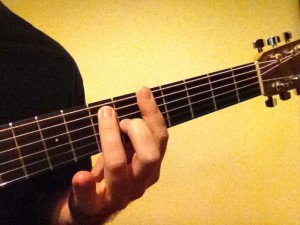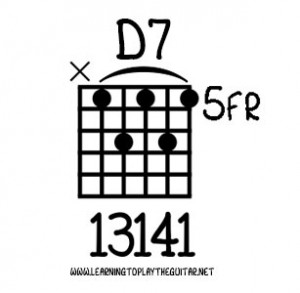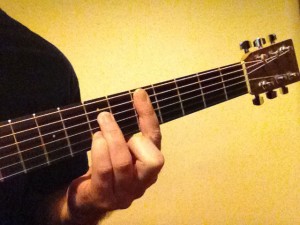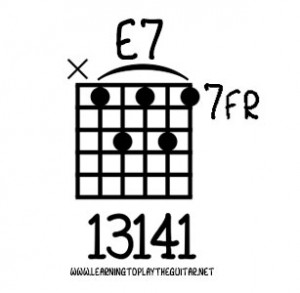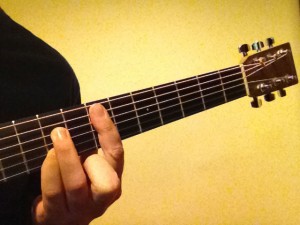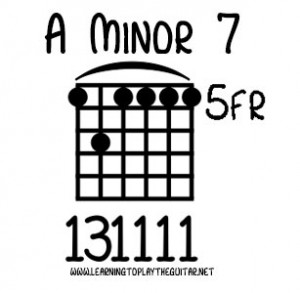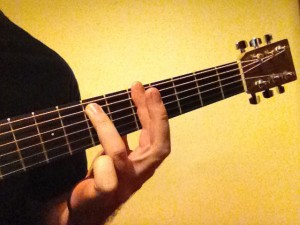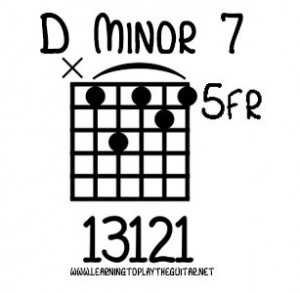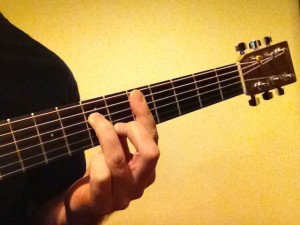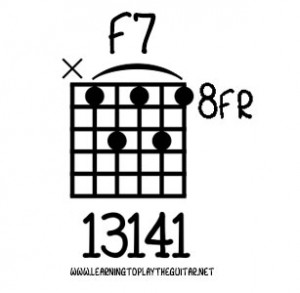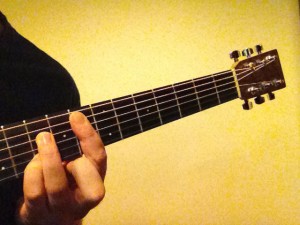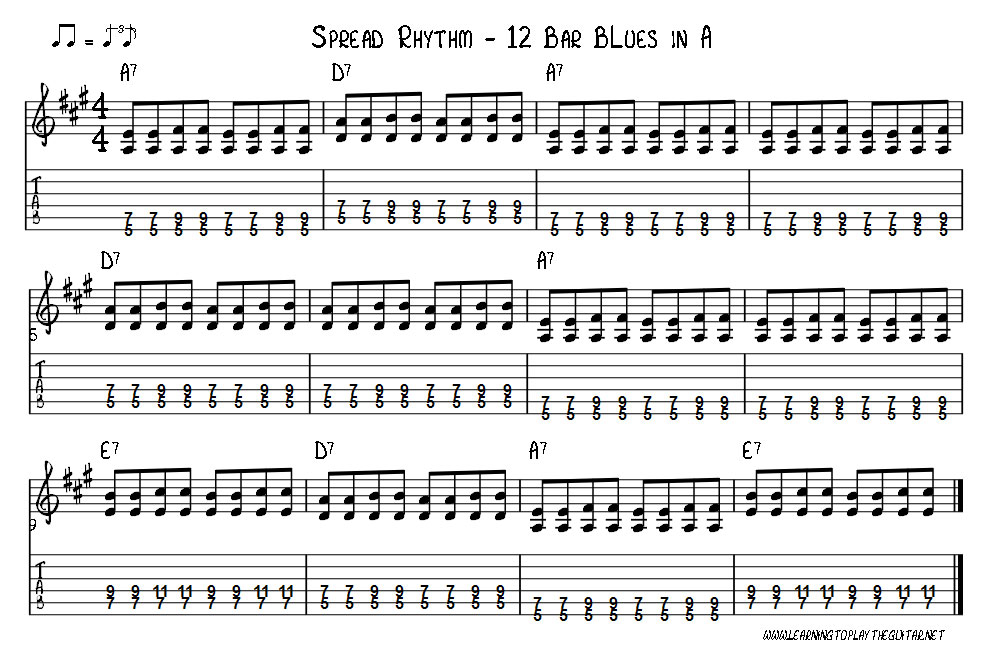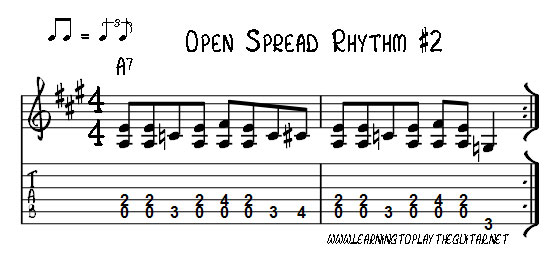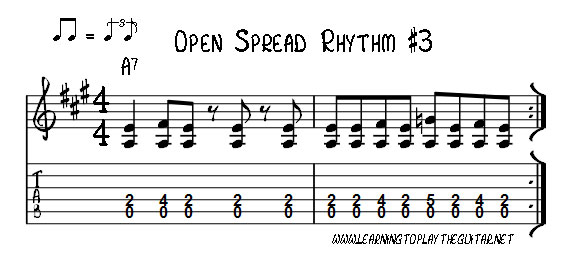Blues Rhythm Guitar Essentials – Part 1
Every few weeks I head down to the local Melbourne blues jam for a bit of fun and guitar solo indulgence. While most of the focus is in the blues is on the lead guitar its also important to know how to play rhythm guitar in this style. After all it isn’t just all guitar solos. There are also parts of the song with singing and other players soloing too. In a typical blues jam you might only get one or two 12 bar choruses to solo but you will be playing rhythm guitar for many more choruses. So knowing how to play rhythm guitar in the blues is essential for anyone playing this style of music.
12 Bar Blues Structure
Most blues songs follow a 12 bar structure using just 3 chords which are based on the harmony of I IV V. The I chord is the root chord of the key (e.g. A in the key of A), the IV chord is based on the 4th note of the major scale in the key (e.g. which is D in the key of A) and the V chord is from the 5th note in the key. (e.g. E in the key of A).
For further information about I IV V chords in the 12 bar blues check out this previous post 12 Bar Blues, Rock n Roll & I IV V
Dominant 7th Chords
Dominant 7th chords give the music a more authentic blues sound. The Dominant 7th chords work in a 12 bar blues as they contain the notes of the minor pentatonic scale used in the melody and solos. For example the A minor pentatonic scale uses the notes A C D E and G. The C note is in the D7 chord, the D note is in the E7 chord and the G note is in the A7 chord.
Minor Blues
While less common one other blues chord structure that is essential to know is the 12 bar minor blues. This blues uses minor chords to give it a more melancholy and sad sound. Famous examples include:
- The Thrill is Gone – BB King
- Mr PC & Equinox – John Coltrane
- Double Trouble – Otis Rush
- Long Train Runnin’ – Doobie Brothers (a good example of a funky tune using these changes)
The structure is outlined below. One interesting feature is the addition of the VI chord which provides more harmonic interest resulting in a 4 chord song structure. You can also substitute the minor chords for the jazzier sounding minor 7 chords.
Swing & Shuffle Rhythms
Most blues use a swing or shuffle feel. Swing is rhythmic feel that is a big part of blues and jazz music. The swing makes the 1st note in a pair of eighth notes slightly longer than the 2nd. This results in a feel where the eight notes in the bar sound like “looong short, looong short”.
Have a listen to the audio sample to hear how this sounds with a basic chord strumming and compare it to the example played with a straight feel.
|
Swing Rhythm | Download |
|
Straight Rhythm | Download |
To know when to swing a piece of music the music will have the word “swing” or “shuffle” which is a swing feel often used in blues written at the top of the music. Also you may see two eighth notes written to equal a triplet quarter note and an eighth note as shown below.
Spread Rhythm
Within the 12 bar blues structure one of the most common ways to play rhythm guitar is using a technique called spread rhythm. It’s called spread rhythm due to the hand spreading out to play the chords. The basic pattern uses the 2 string power chord shape played with fingers 1 and 2 and then the root and 6th note (of the major scale/key) played with fingers 1 and 3. Try the pattern below.
|
Basic Spread Rhythm | Download |
The spread rhythm can also be played with a straight feel to create a more rock n roll sound made most famous by Chuck Berry. This spread rhythm is also used in many songs (straight and swung) including:
- Rock n Roll – Led Zeppelin
- Johnny B Goode – Chuck Berry
- Down Down – Status Quo
- Start Me Up – The Rolling Stones
- Revolution – The Beatles
- High Voltage – AC DC
One other common variation on the spread rhythm is to add the 7th note into the pattern.
|
Spread Rhythm with 7ths | Download |
Certain chords allow you to play the spread rhythm using open bass strings freeing up the fingers to play extra notes from the chord and the minor pentatonic scale. Many riffs from bands such as Led Zeppelin, Guns n Roses, Aerosmith and ZZ Top use this spread rhythm with extra notes idea. Here are a few examples of how these extra notes can be used with the spread rhythm pattern.
|
Spread Rhythm Riff 1 | Download |
|
Spread Rhythm Riff 2 | Download |
|
Spread Rhythm Riff 3 | Download |
In the next article we will look at further chord variations and rhythms you can use in the blues guitar playing.



